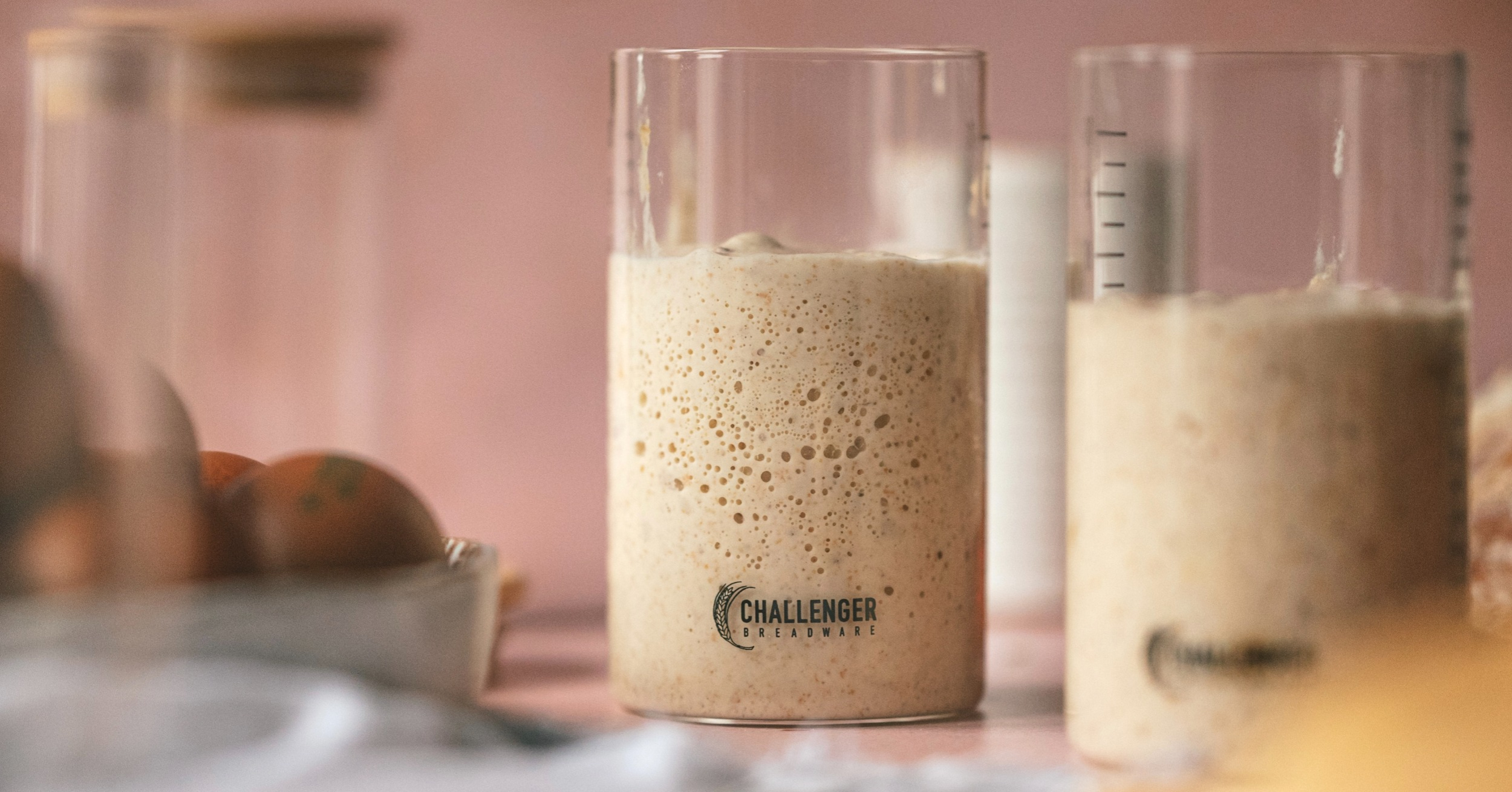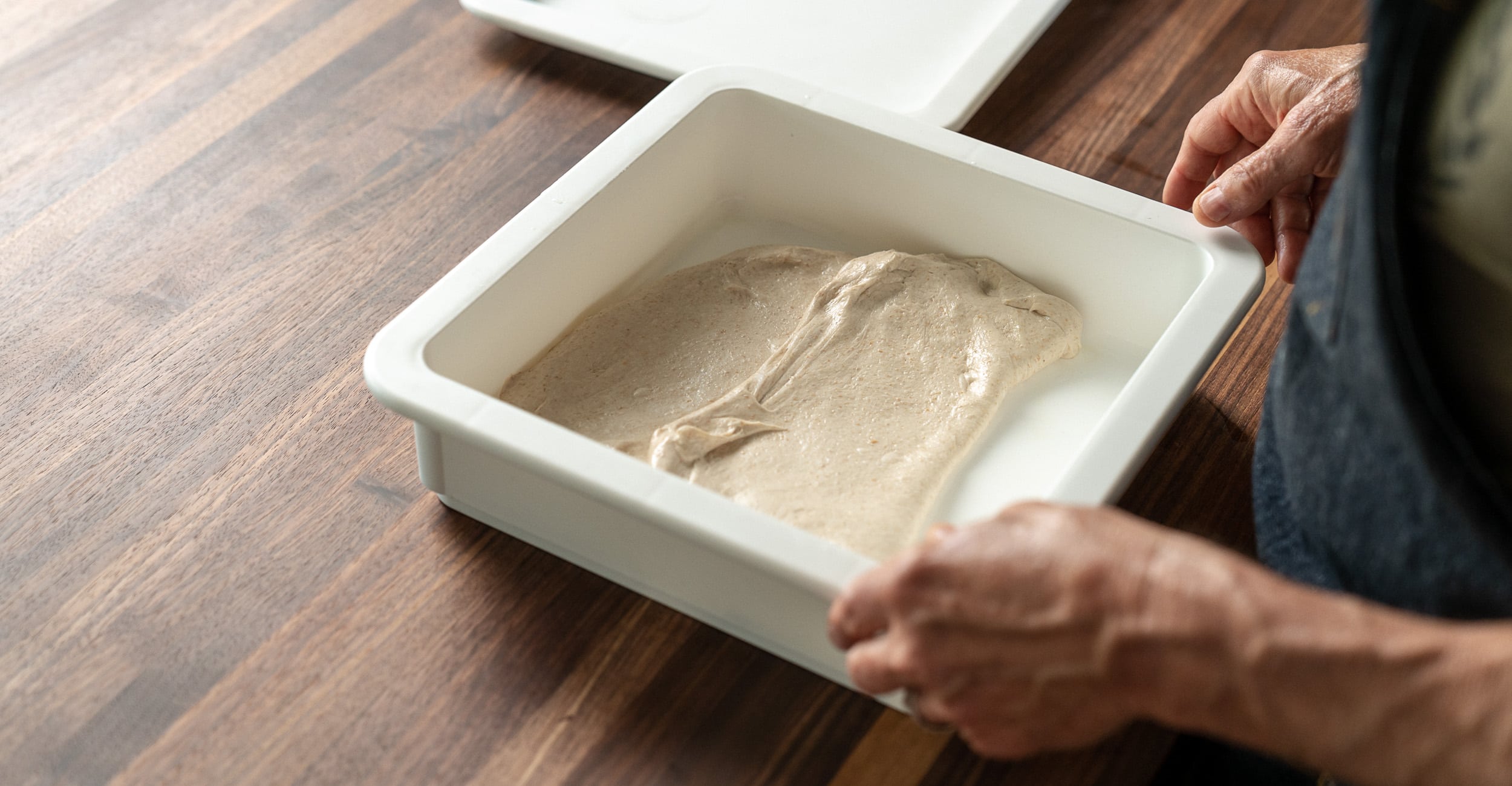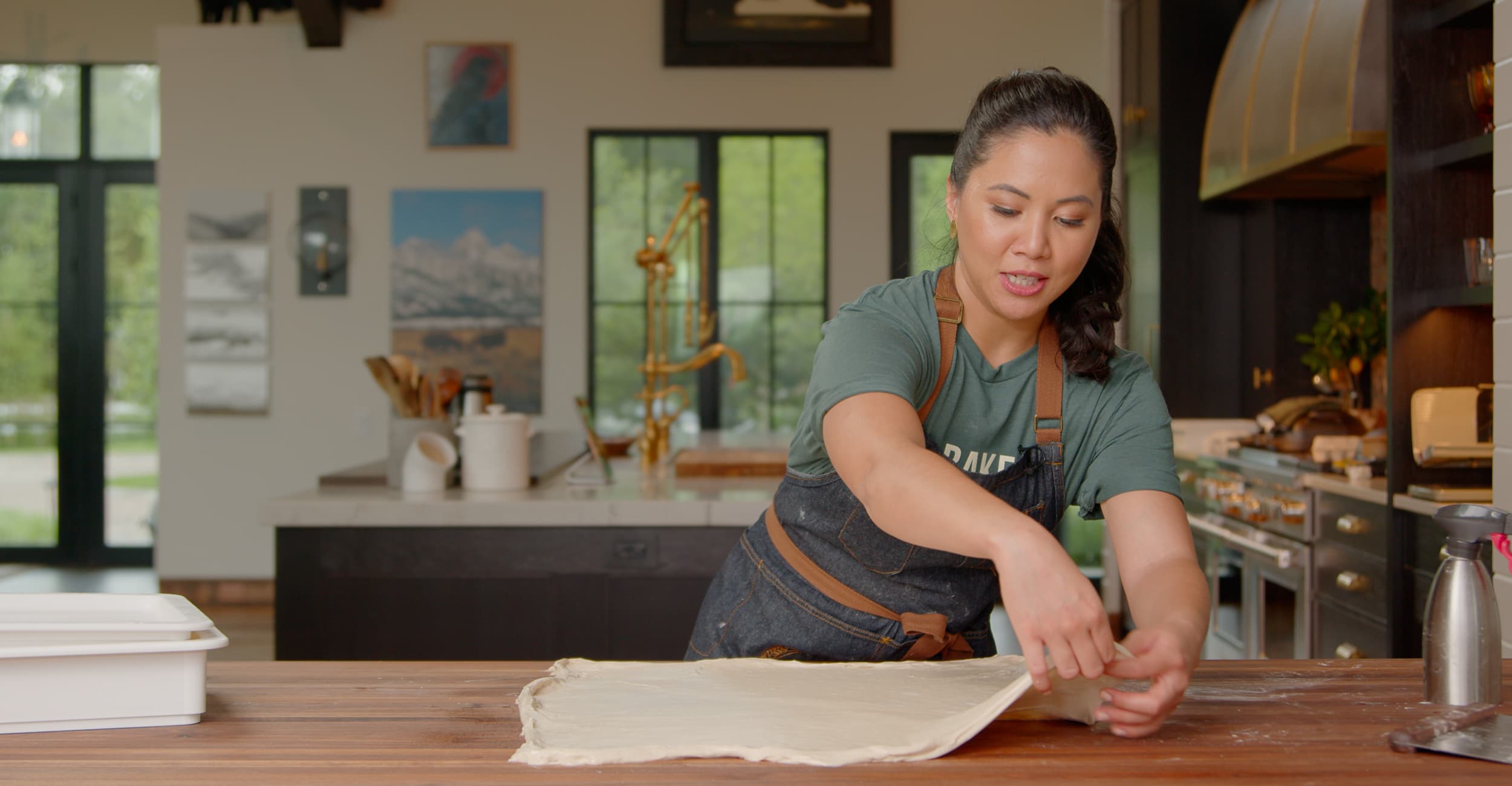
Inclusions: The Lamination Method
The lamination method of adding inclusions is a great way to evenly disperse small add-ins to your dough, such as seeds, grated cheese, herbs, or spices. Though this method bears the same name as the time consuming technique of making croissants and puff pastry, have no fear! The lamination process for sourdough is simple, quick, and effective.
What you need
- Inclusion of choice, such as mixed seeds, grated cheese, or herbs
- Flour for dusting
- Dough that is part way through bulk fermentation, and is ready for a stretch and fold
Related Posts
Batard Shaping
Boule Shaping
Sourdough Starter Basics
Please email us at
techniques@challengerbreadware.com with your
comments and questions.
How to laminate inclusions
Lightly dust your work surface with flour, and tip your dough out on the surface. Gently tug at the dough until it is evenly and thinly stretched out in a rectangle. Make sure you don’t use too much flour– use the tackiness to your advantage in really stretching the dough thin and sticking it down onto your surface.
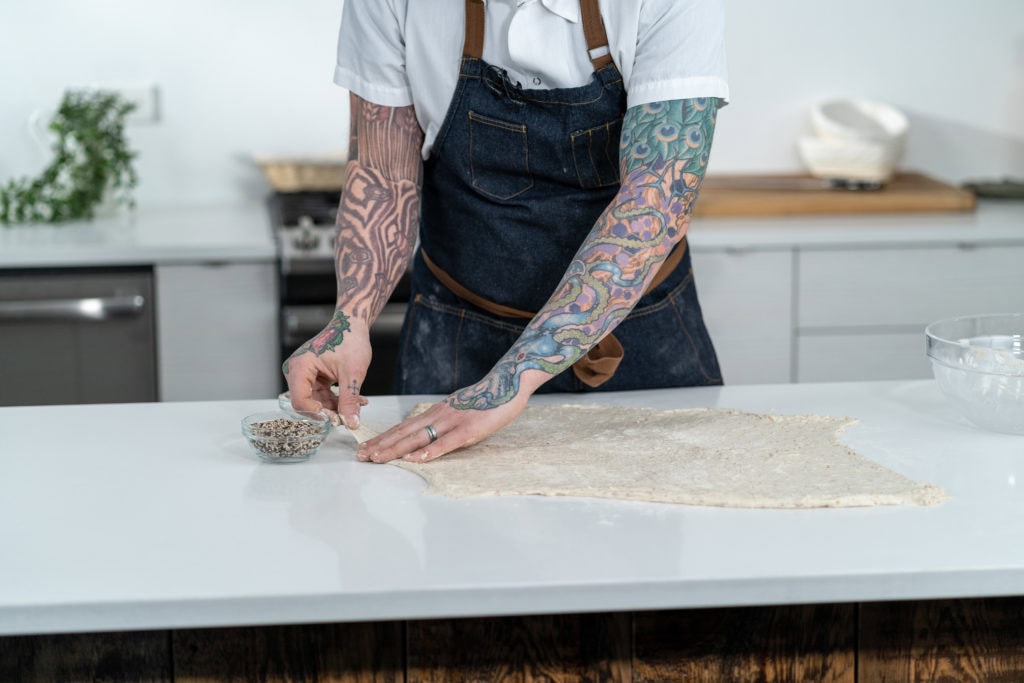
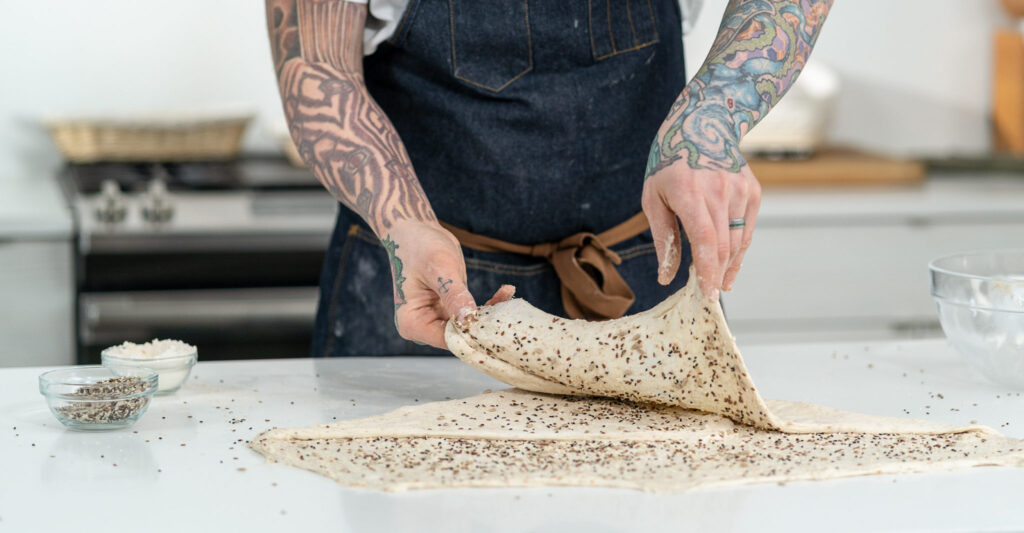
What do you do when you want enhanced flavor and texture in your bakes, but don’t have a sourdough starter ready to go? Make a poolish!
- Feb 08, 2023
- 2 min read
The 10” fold is our own, Jim Challenger’s simple way to build gluten from inside the Proofing Box.
- Mar 20, 2023
- 2 min read + video
The lamination method is a way to build strength and structure in dough.
- Mar 20, 2023
- 2 min read + video

